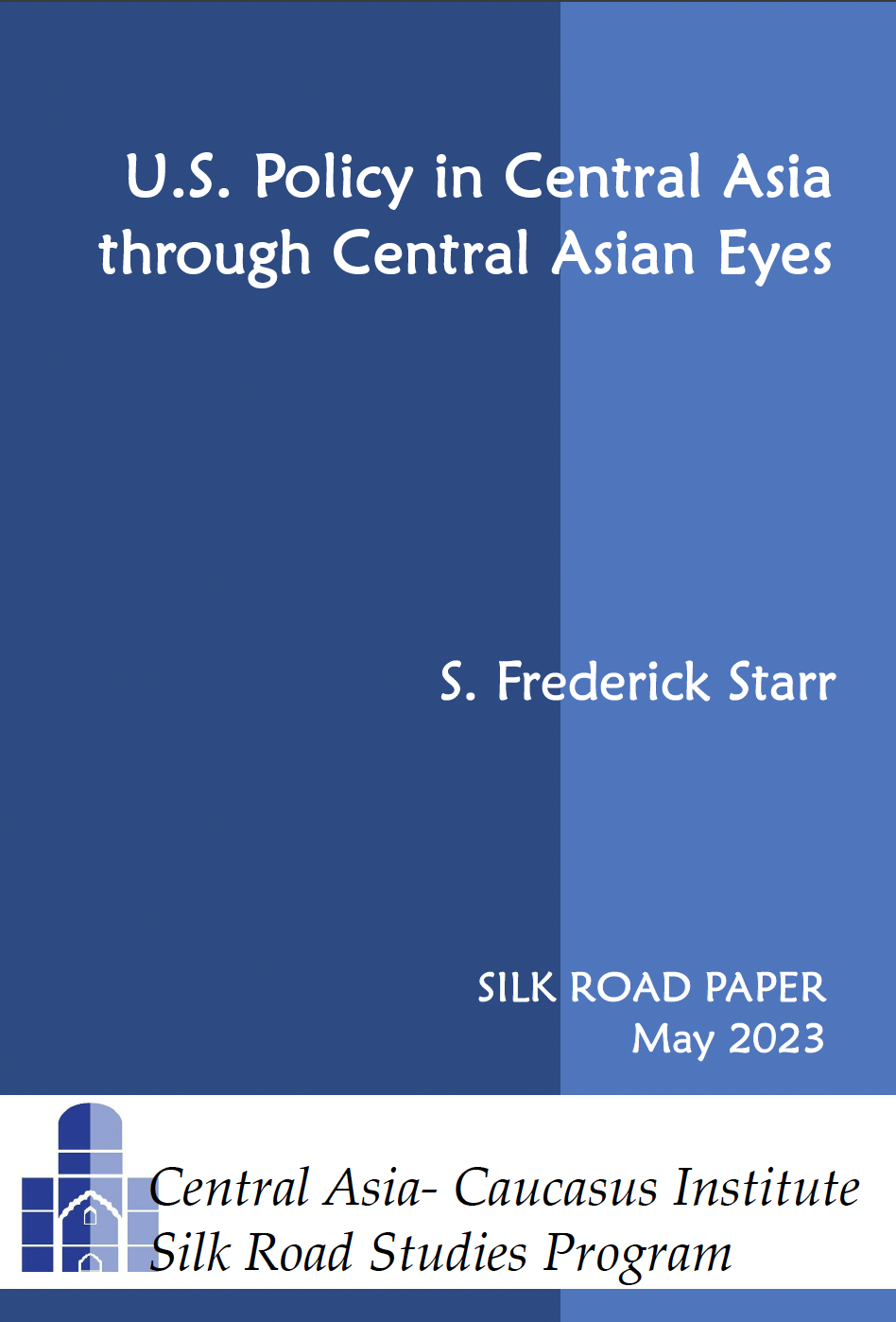IMPLICATIONS: Tajikistan’s armed forces consist of ground forces, air and air defense forces and special and technical units. Air defense forces are badly in need of upgraded assets, since the present only ensure continuous radar coverage at an altitude of 5,000 km. The command and control system was badly affected during the Tajik civil war, and some Russian specialists doubt whether it is capable of being restored, perhaps requiring a complete overhaul. Indeed, the army itself, likewise, suffers from acute under-funding and poor discipline, as well as lack of training and adequate combat preparation. Personnel problems persist based on the hemorrhaging of former Soviet army officers in the 1980s and 1990s. Many of the young Tajik conscripts performing military service in Tajikistan are found in the Russian military structures based in the country. Those serving in the regular Tajik army are often poorly educated and suffering from poor health. The army, despite international assistance and military aid, continues to use Soviet equipment and weapons, relying on Russia’s assistance for repairs and maintenance. However, the armed forces suffer from severe shortage of military equipment, weapons and munitions. Its Military-industrial complex essentially collapsed after the disintegration of the USSR, with factories in the North, which had supplied the Soviet military, unable to continue functioning in the independent Republic. Economic constraints placed on the Tajik army forced the abandonment in 2000 of the experiment in switching manning system to one based on contract service. Many aspects of the military need improving, requiring systemic reform underpinned by serious investment, if the Tajik armed forces are to meet the challenges of the post-9/11 security environment. Operational planning and command and control must become more functional, currently poor despite the combat experience of many personnel, mobilization and combat readiness also stand in need of attention. Developing combat ready, mobile forces is still a long way off for the Tajik army. Tactically, soldiers are capable of performing at a reasonable level of competence but operational strategy is often weak. Furthermore, the development of basic principles for ‘operations other than war’ enabling rapid and effective response to the threat of terrorist activities or militant incursions remains neglected, despite their obvious importance to regional military planners. To develop an effective counter-insurgency strategy would require proper funding, new methods of training, upgrading weapons systems, and restructuring the collection and dissemination of military intelligence. President Rakhmonov has approved plans for the reorganization of the territorial defense of the country, which will be coordinated by the General staff and the MoD. These may utilize the local clan system to greater effect, and marginally improve national security by clarifying the duty of citizens to defend the homeland. Such measures, however, fall short of the needed genuine effort to address the problems confronting a weakened national system of defense, which may fail to fulfill its tasks in a competent manner in the midst of a crisis.
CONCLUSION: These deep and abiding problems within the Tajik army compel the state to rely heavily on the security structures within the CIS generally, and on Russian military assistance in particular. After a decade of existence, Tajikistan has made very slow progress towards a truly independent defense and security force capable of meeting the diverse needs of modern warfare and ensuring Tajik sovereignty. Threats to its security stem from religious extremism, militants, terrorism, transnational crime, drug trafficking and migration. Devising appropriate forces and funding their proper training will only adequately address these issues. This will necessitate international assistance, aimed at bringing about an enhanced level of professionalism with the modern Tajik army.
AUTHOR BIO: Roger N. McDermott is an honorary senior research associate, department of politics and international relations, university of Kent at Canterbury (UK). He is also the editor (together with Anne C. Aldis) of the forthcoming Russian Military Reform 1992-2002, London/Portland: Frank Cass, 2003.




 Silk Road Paper S. Frederick Starr,
Silk Road Paper S. Frederick Starr,  Book Svante E. Cornell, ed., "
Book Svante E. Cornell, ed., "